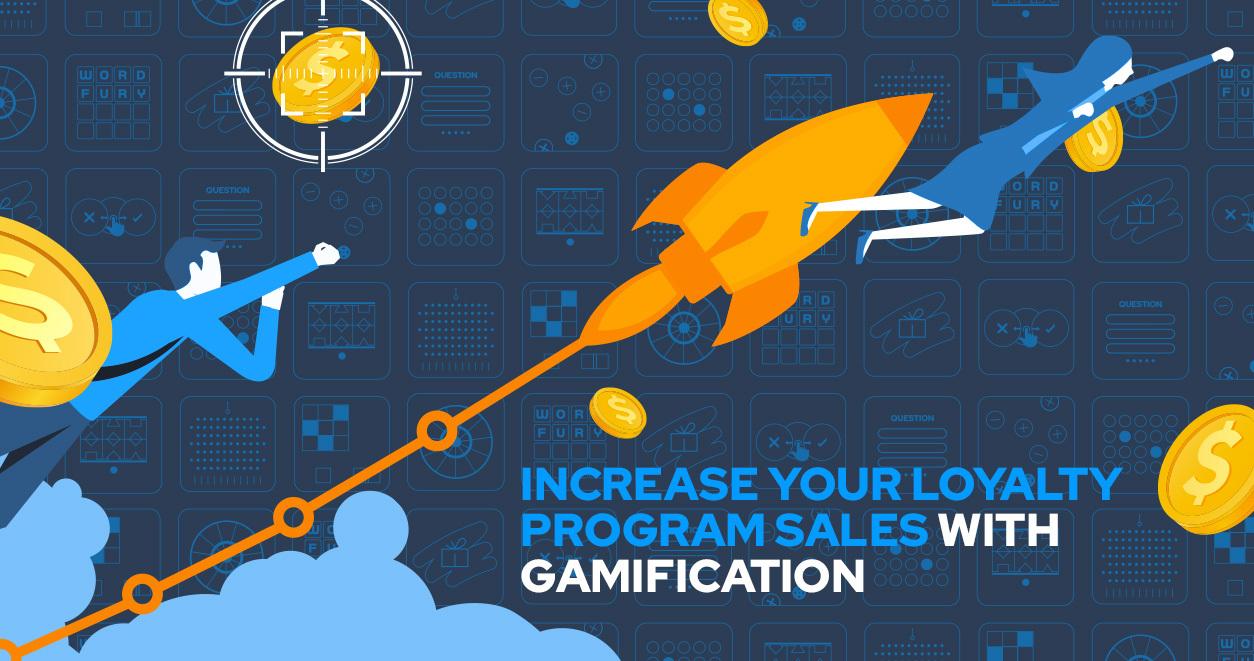The countless hours spent on application reviews and interviews can be incredibly mind-numbing. This is a big reason why gamification in recruitment is a big win—for you, the company, and job seekers.
Gamification is improving virtually every aspect of business, from boosting productivity to offering employees better experiences at companies. Gamification in recruitment has also increased, helping industries easily find qualified and motivated talent.
What is Gamification in Recruitment?
Gamification in recruiting means giving candidates interactive challenges that simulate real job tasks and can help assess their skills more effectively than traditional resumes or interviews.
Examples include an online quiz, challenge, puzzle or platform games that demonstrate a potential candidate's analytical thinking. They could also participate in a group simulation to showcase their teamwork skills.
Wondering why you should use gamification in hiring and if it’s worth the investment? The examples speak for themselves! Let’s start with four significant benefits of gamification in talent acquisition:
Benefits of Gamification in Recruitment (Examples Included)
Replaces Application Forms
A tried-and-true data collection method, application forms give HR recruiters all the essential information to determine a candidate’s skill set.
But quite frankly, these forms can be archaic and mind-numbing. HR professionals must dig through hundreds of pages to find just a handful of qualified applicants. Your company may already employ strategies like resume keyword tracking, but that isn’t always the most reliable way to find a candidate just right for the job.
Instead of sifting through countless faceless applications, start the hiring process with a game! Gamification could provide more diverse and specific data about the applicants you wouldn’t see otherwise, especially if your open roles require thorough knowledge or technical skills.
For example, Google’s Code Jam is a global coding competition where contestants put their skills to the test against algorithmic coding puzzles for a chance to win a championship title and $15,000. Google sees contestants from all over the globe, giving them premier access to the world’s pool of talented coders, and the company frequently offers job opportunities to the topper formers.
Reduces the Interview Cycle
Google Code Jam also helps illustrate another benefit of gamification in recruitment: reducing the interview cycle. By testing individual applicants based on their hard skills, hiring managers can have a much better chance of measuring an applicant's ability to perform well in their role.
Umbel created a game, Umbelmania, to advance candidates in the hiring process. In a first-person fighting game, applicants battled by writing code. Candidates won points for beating others, which they could use to go further into the hiring process. This helped Umbel’s recruiters weed out candidates who weren’t as well-versed in essential hard skills for the role.
Weeds Out Less Interested Individuals
Tools like LinkedIn’s Easy Apply feature help automate the application process. While they may reduce the burden on candidates, they can also inadvertently encourage people to apply for jobs they aren’t interested in. Gamification in the hiring process helps to remove that issue, as completing a game takes motivation, attention, and commitment.
Marriott Hotels introduced a social media game called “My Marriott Hotel” to engage with potential hires. Players ran virtual hotels, including designing the layout, purchasing inventory, and servicing guests. This game helped bypass traditional recruitment strategies and access genuinely talented people interested in working in the hospitality industry.
Leverages the Best Candidates, Regardless of Experience
Above all else, gamification can help remove common barriers between experience and real qualifications. Even if candidates don’t possess the exact experience you’re looking for, gamification can help you judge applicants on their raw talent instead of their ability to write a resume.
Ideas for Creating a Gamified Hiring Process
Creating an exciting and engaging hiring process is easier said than done, but the following elements will help your recruitment gamification strategy, and eventual onboarding.
Communicate the Benefit of the Game
Gamers always want to know what’s in it for them. Why are they playing this game? What rewards can they expect to gain? In the context of recruitment, that reward is the job. So, use your game to provide as much information about the role as possible. That way, interested applicants will be much more likely to complete the game.
Ensure it Showcases Their Skills
Your gamified solution should allow applicants to show their skills in authentic, relevant scenarios. In the Umbelmania example above, competitors had to write code for real-life examples, like system-down scenarios and other problems.
Make It Fun!
Perhaps most importantly, your game should be fun. Formaposte, a French-based postal company, launched the Jeu Facteur Academy, allowing players to experience life as anew-hire postal worker. Not only did this game help the company better maintain recruits, but it also set realistic expectations for what the job would entail.
How to Optimize Your Recruitment Strategies
Are you ready to usher in the modern era of recruitment with gamification? CataBoom can help you embrace this new technology—quickly and affordably. Let us apply our extensive experience applied to your recruitment efforts today! Contact us.








